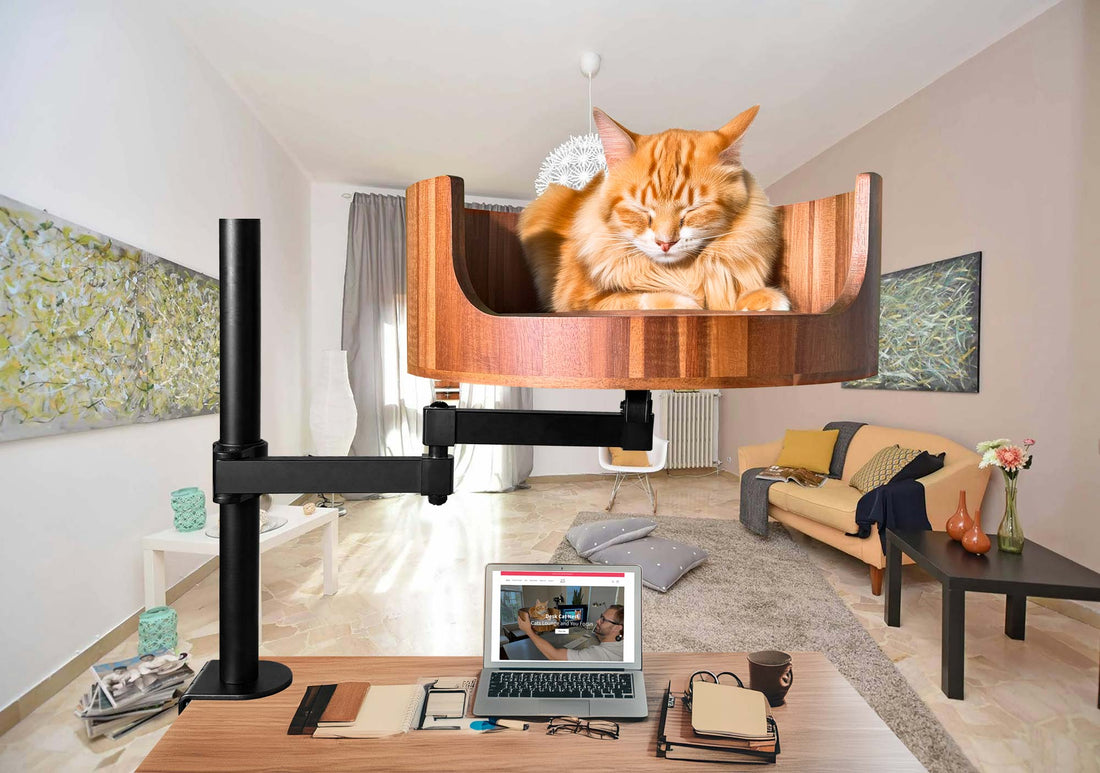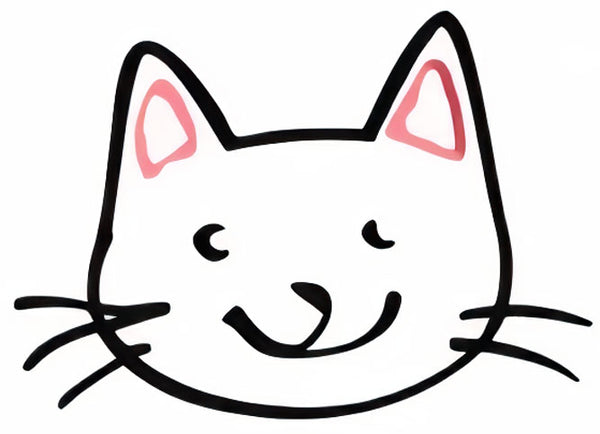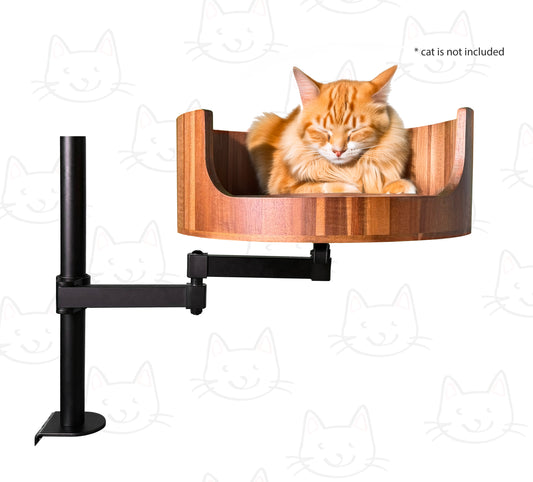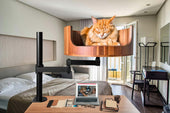
Cat Tail Wagging Meaning: Understanding Feline Signals
Share
Have you ever wondered what your cat is trying to tell you with its tail wagging? Cats use their tails as a form of communication, conveying various emotions and intentions through the way they move and position their tails. Understanding feline signals can help build a stronger bond between you and your furry friend.
In this article, we will delve into the world of cat tail wagging and explore the different meanings behind this common feline behavior. From slow, gentle swishes to rapid flicks, each movement of your cat's tail can provide valuable insights into their mood. By learning how to interpret these signals, you can better respond to your cat's needs and ensure a harmonious relationship with your pet. So, if you've ever found yourself puzzled by your cat's tail movements, keep reading to unlock the secrets of feline communication.
1. Cat tail wagging can convey various emotions and intentions, beyond just happiness or agitation.
2. The speed, height, and direction of a cat's tail wag can reveal important information about their mood.
3. A slow, low tail wag may indicate curiosity or contentment, while a fast, high tail wag can signal aggression or excitement.
4. Understanding your cat's tail wagging behavior can help improve communication and strengthen your bond with your feline companion.
5. By paying attention to subtle tail movements, cat owners can better interpret their pet's feelings and respond appropriately to their needs.
Interpreting Different Types of Cat Tail Wagging
Cat tail wagging is a form of communication that can convey a range of emotions or intentions. A quick flick or twitch of the tail typically indicates mild curiosity or excitement. A slow, deliberate wag may suggest uncertainty or hesitation in a situation. However, a rapidly wagging tail can be a sign of agitation, irritation, or aggression. It's important to pay attention to the context and additional body language cues to accurately interpret the meaning behind a cat's tail movements.
Body Language and Context Matters
While tail wagging is an important indicator of a cat's emotional state, it's essential to consider other body language signals and the context in which the behavior occurs. For example, a cat with an arched back, flattened ears, and dilated pupils may be exhibiting signs of fear or aggression, even if their tail is wagging. Similarly, the environment and recent interactions with the cat can influence the meaning behind their tail movements. By observing the whole picture, cat owners can better understand their feline companions' feelings and needs.
Responding to Cat Tail Wagging
When a cat's tail is wagging, it's vital for pet owners to respond appropriately to the situation. If a cat's tail is wagging rapidly or accompanied by other aggressive behaviors, it's best to give the cat space and avoid provoking them further. Providing a calm and secure environment can help de-escalate the situation and prevent any potential conflicts. On the other hand, if a cat's tail wagging signifies curiosity or playfulness, engaging in interactive play or offering enrichment activities can help satisfy their needs and strengthen the human-cat bond.
Seeking Professional Help
In some cases, persistent or extreme tail wagging behaviors may be a sign of underlying health issues or psychological distress in cats. If a cat's tail wagging is accompanied by other concerning symptoms such as lethargy, loss of appetite, or changes in litter box habits, it's crucial to seek veterinary advice promptly. A thorough evaluation by a veterinarian or animal behaviorist can help diagnose any underlying problems and provide appropriate treatment options to improve the cat's well-being.
Desk Cat Nest FAQ
1. What does it mean when my cat's tail is wagging?
When a cat's tail is wagging, it can signify various emotions such as excitement, aggression, or annoyance. It's important to observe your cat's other body language cues to determine the context of the tail wagging.
2. Can the Desk Cat Nest help with understanding my cat's tail wagging?
While the Desk Cat Nest can provide a comfortable space for your cat to relax and express themselves, it may not directly address the specific meanings behind tail wagging. It's best to consult with a veterinarian or animal behaviorist for a more accurate interpretation.
3. Will the Desk Cat Nest reduce my cat's tail wagging behavior?
The Desk Cat Nest may create a safe and secure environment for your cat, which could potentially reduce stress and anxiety that may contribute to excessive tail wagging. However, individual cat behavior can vary, so results may vary.
4. How should I best utilize the Desk Cat Nest to monitor my cat's tail wagging?
Place the Desk Cat Nest in a quiet and comfortable area where your cat likes to rest and observe their behavior when they are using it. Pay attention to any changes in tail wagging behavior and consider seeking professional advice if needed.
5. Can the Desk Cat Nest be used for other cat behavior issues?
The Desk Cat Nest is primarily designed as a cozy resting spot for your cat, but it may also help with other behavior issues by providing a sense of security and comfort. However, for specific behavior problems, it's best to seek guidance from a professional.
In conclusion, choosing a Desk Cat Bed for your feline companion can greatly aid in understanding the meaning behind their tail wagging. This cozy and comfortable bed provides a safe and secure space for your cat to relax and feel content, reducing stress and anxiety that may cause erratic tail movements. By providing a designated resting spot, Desk Cat Bed promotes healthy behaviors and communication between you and your cat. Investing in this product not only benefits your cat's well-being, but also enhances the bond and understanding between you and your beloved pet.



















































